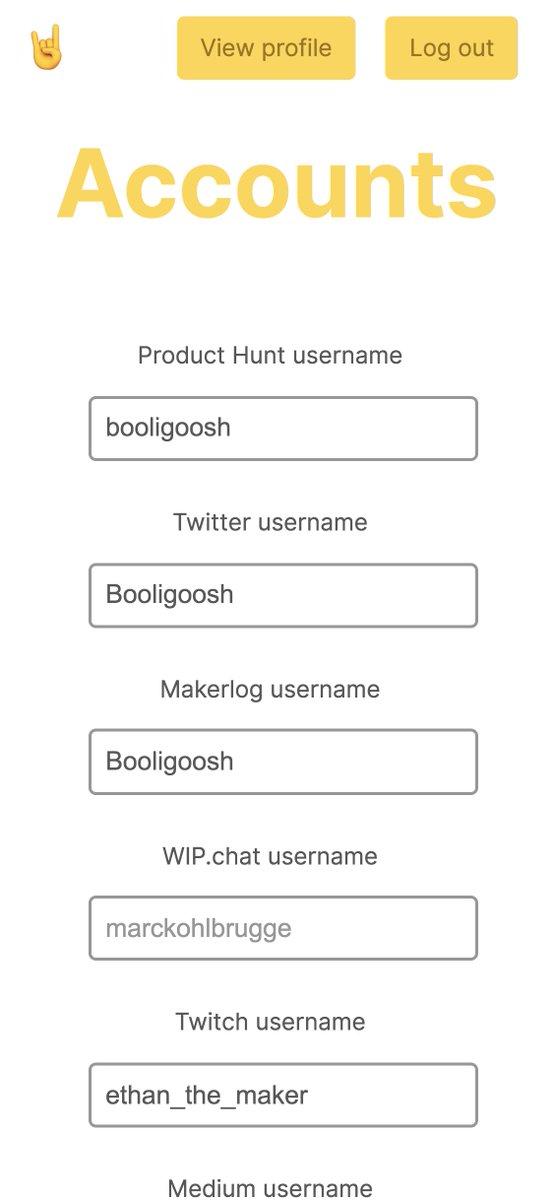Learning how to trade includes everything from managing risk to managing yourself.
Studying a market is simply the process of looking for an edge.
Once you have identified an edge, you still have to learn to trade it.
Here\u2019s a little thread on my bread and butter in trading $ETH and $BTC. I base 80% of my trades around simple S/R flips.
— Jelle (@CryptoJelleNL) February 5, 2021
Many traders and investors on here use all kinds of complicated methods, I use a few horizontal lines. pic.twitter.com/Av1Fgdop6L
Morning gents, here's a quick cheat sheet to help you spot divergences while trading $BTC, $ETH and other $ALTS.
— Jelle (@CryptoJelleNL) February 6, 2021
Enjoy, let me know if you want cheat sheets on anything else in the comments below \u2b07\ufe0f\u2b07\ufe0f pic.twitter.com/yjZ43CTHkJ
Here's a little infographic on why $BTC pairs matter in a bull market.
— Jelle (@CryptoJelleNL) January 16, 2021
Grow your BTC holdings by simply re-balancing spot $ETH and $BTC.
Example below: pic.twitter.com/8JbK6sqjVD
I've seen many people talk $BTC, $ETH and $ALTS funding and its implications without fully understanding the concept. Here's a quick thread that explains what funding is, how it works and what it can tell you, along with a simple cheat sheet. pic.twitter.com/Hil815E99q
— Jelle (@CryptoJelleNL) February 7, 2021
\U0001f6a8SWING TRADE CRASH COURSE\U0001f6a8
— InvestrTrades (@InvestrTrades) November 13, 2021
Beginners Guide to Swing Trading
\u2705How to find setups
\u2705How to use @unusual_whales to build conviction
\u2705Which Options Strike to Choose
Please \u2764\ufe0fLike, \U0001f501Retweet & \u2705Follow if you want more videos!
\U0001f6a8OPTIONS CRASH COURSE\U0001f6a8
— InvestrTrades (@InvestrTrades) October 30, 2021
Beginners Guide to Options + Trading Options With Unusual Whales & How!!
So Many of you have been asking about the basics of options so you can use @unusual_whales for day/swing trading.
Please \u2764\ufe0fLike, \U0001f501Retweet & \u2705Follow if you want more videos!
\U0001f6a8OPTIONS CRASH COURSE PART 2\U0001f6a8
— InvestrTrades (@InvestrTrades) November 20, 2021
We will discuss
\u2705Day Trade? Swing Trade?
\u2705What Strike/Exp To Choose
\u2705How to Put in Options Order
\u2705How to use @unusual_whales to Get Conviction
\u2705When All Combined. Choose Strike/Exp
Please \u2764\ufe0fLike, \U0001f501Retweet & \u2705Follow if you want more videos!



